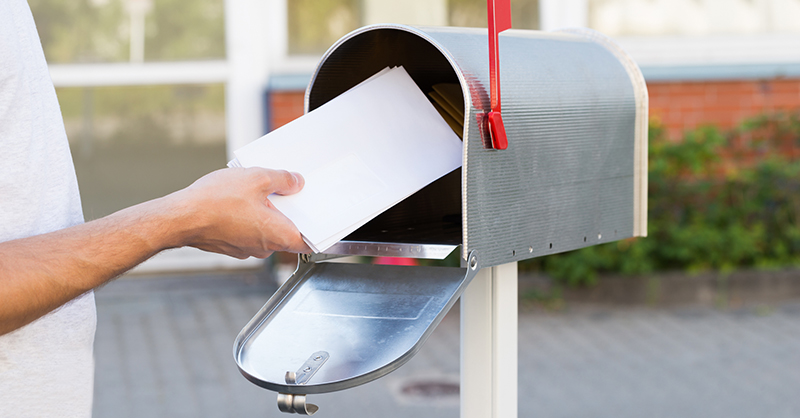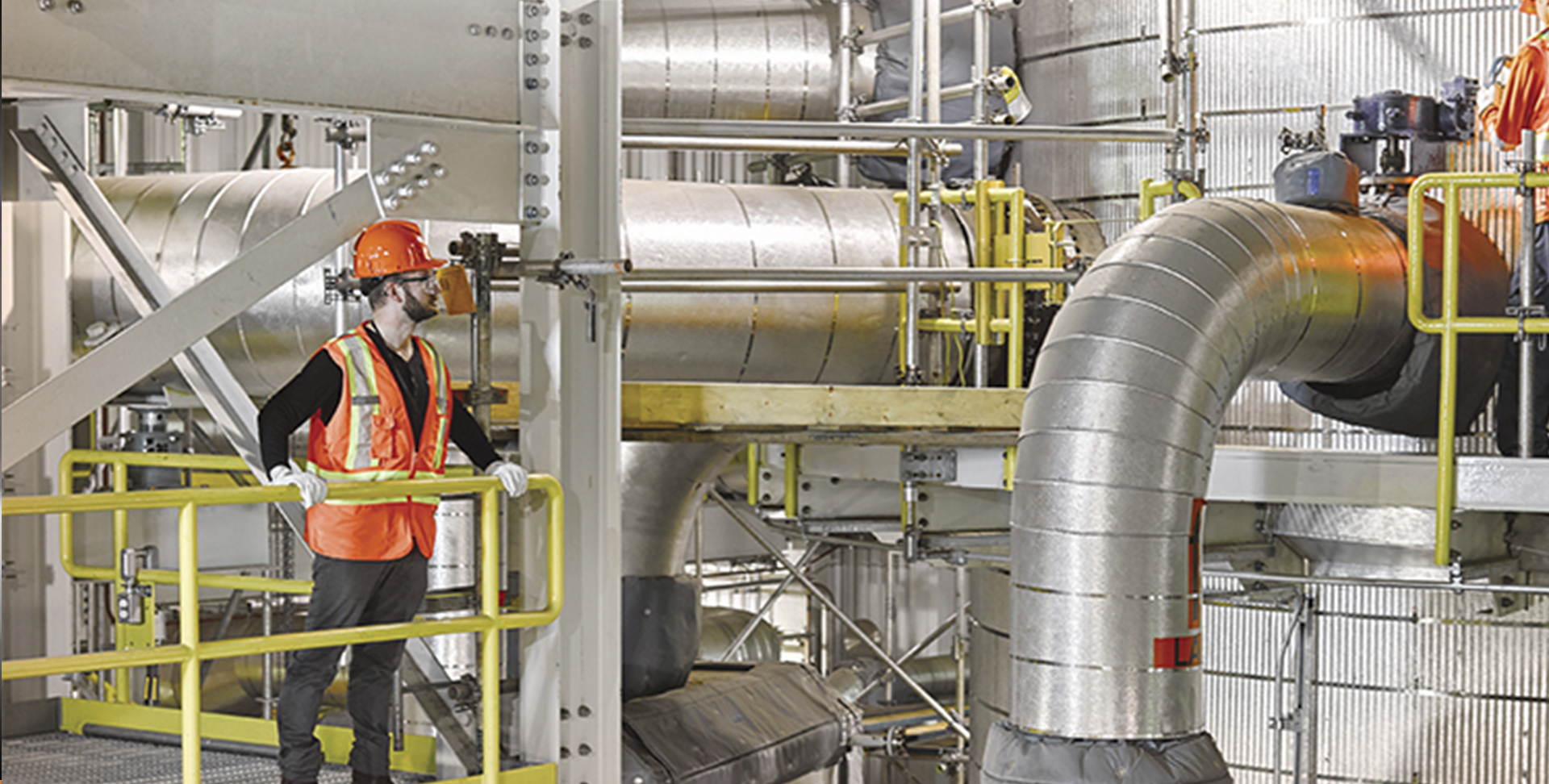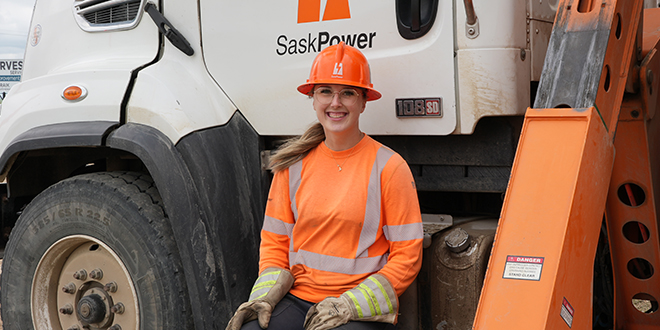5 Questions with Sarah Klein Bentley on SMR Suitability Maps
February 02, 2023

Quotables
- We’ve created 2 maps to show what regions could be suitable for hosting an SMR near Estevan and Elbow.
- The maps will change as we gather more technical data and hear more from people familiar with the study areas.
- We still want to hear your feedback too! Engage with us at saskpower.com/engage.
We've been studying the Estevan and Elbow areas as part of our small modular reactor (SMR) project since 2022. Our studies include:
- Gathering technical data
- Talking with our customers
- Learning what matters to folks in the study areas
Now, we’ve developed 2 maps that show which regions are suitable to potentially host an SMR. We sat down with our SMR siting lead — Sarah Klein Bentley — to learn more.
1. What do these new suitability maps show?
These maps show which regions within the study areas are preferred for hosting an SMR. The darker the green on the map, the more suitable the area is. But the maps are a snapshot in time based on our early technical analysis. There will be several versions of these maps released as we gather:
- feedback from Indigenous Rightsholders and communities, and the Regional Evaluation Process committees
- input from folks who take part in our engagement activities like open houses, surveys, webinars and more
2. Does this mean the areas in white aren’t in the running anymore?
No. The only regions we’ve excluded so far are ones we wouldn’t be able to build on — like sensitive or protected lands. The maps show which areas are more or less suitable based on what we’ve learned so far. The maps are living documents. They'll change as we gather more technical data and hear more from people familiar with the study areas.
3. What about the dark green areas make them appear more suitable?
The dark green areas have the traits that we need to host an SMR. Some of these traits include:
- Proximity to water
- Proximity to a population base that could support a future workforce
- Certain geological features
- Existing amenities like roads
The closer a nuclear power plant is to water, the better. (The same goes for coal and some natural gas power plants too.) Water is used for cooling when generating power from heat. So, the less distance the water must travel to get the power station, the easier it is.
4. What public feedback have you heard so far?
Generally, people are supportive of pursuing nuclear power in Saskatchewan — but not without questions. We’ve answered hundreds of questions since we announced the 2 study areas. The most common topics asked about are:
- our plan for managing nuclear waste
- the costs of developing an SMR
- the project timelines
- community impacts
And we still want to hear your feedback too! Engage with us at saskpower.com/engage.
5. What are your next steps?
We’ll continue our consultation and engagement efforts. And we’ll continue to refine our technical data. Then we’ll narrow our search to 2 half-sections of land and start detailed studies for each site. We expect we’ll have a candidate host site for the first potential SMR in Saskatchewan in late 2024.
Learn More:
- View the suitability maps and learn about the Regional Evaluation Process at Potential Facility Location.
- Share information about the SMR study areas with us!
- Tell us how you use water where you live and play.




